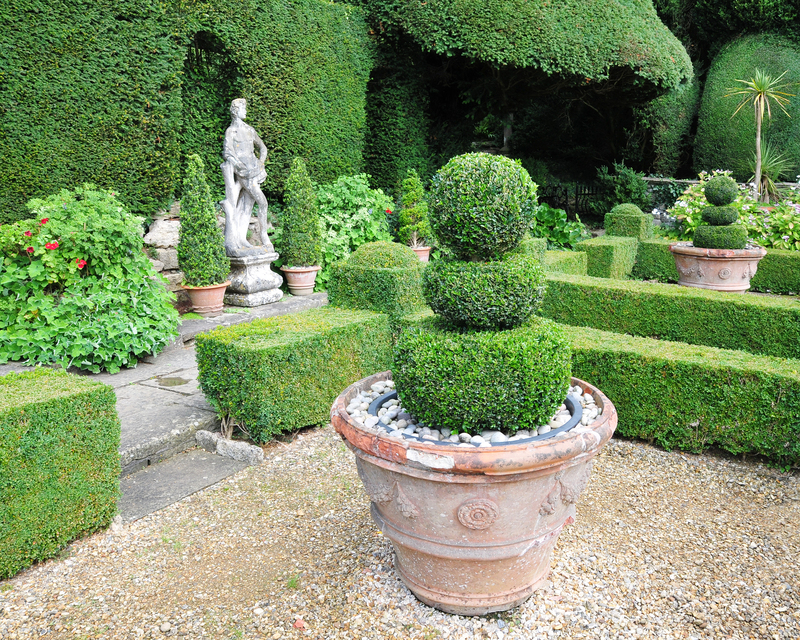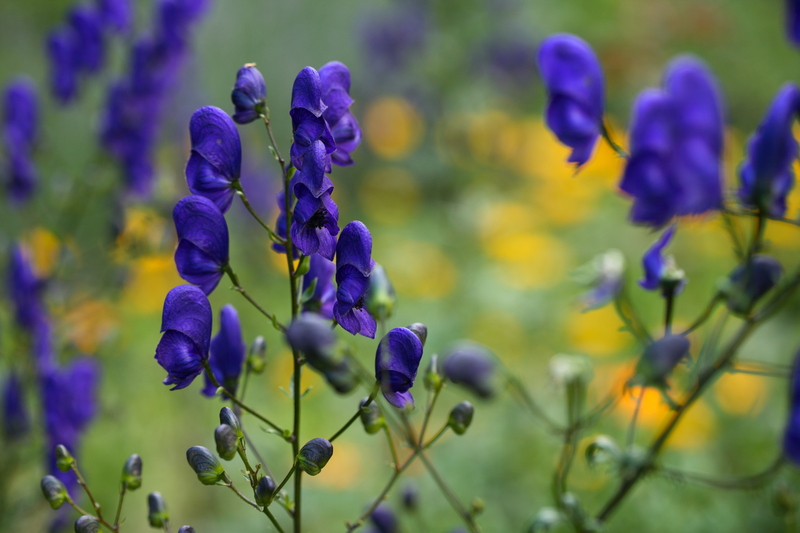Suggestions for Shady Window Box Plantings: A Complete Guide
If your windows face north or are shaded by trees and buildings, you might struggle to create the vibrant window box displays that sun-lovers enjoy. However, shady window boxes are a wonderful opportunity to showcase a unique palette of lush, textural, and colorful plants that actually thrive in lower light. In this comprehensive article, we present expert suggestions for shady window box plantings that will help you transform even the dimmest ledge into a charming focal point.

Understanding Shade Conditions for Window Boxes
Before choosing plants, it's crucial to understand what "shade" means in gardening terms. Not all shade is created equal, and the type of shade will determine your plant choices. Here are the main categories:
- Partial Shade: Receives 3-6 hours of sunlight, often in the morning or late afternoon.
- Dappled Shade: Light filtered through trees, producing shifting spots of sun and shade.
- Full Shade: Less than 3 hours of direct sunlight per day, usually quite cool and moist.
Always observe your window's conditions throughout the day to select the most suitable plants for your situation.
Key Considerations for Planting in Shady Window Boxes
When planning your shady window box plantings, keep these important factors in mind:
- Soil: Shade can mean damper conditions, so use a high-quality potting mix with good drainage to prevent soggy roots.
- Watering: Shaded areas dry out more slowly; water when the top inch of soil feels dry to the touch.
- Fertilizing: Light-fertilizer once a month keeps foliage lush but do not overfeed, or shade plants may become leggy.
- Plant Selection: Choose plants bred to thrive in lower light; avoid sun-loving options or those prone to mildew in shade.
Best Plants for Shady Window Box Arrangements
Let's explore the top choices for shady window box ideas. The secret lies in a mix of foliage plants and shade-tolerant bloomers for dynamic, year-round interest.
Foliage Stars
- Ferns: Boston Fern and Maidenhair Fern bring elegant texture and lush greenery to containers.
- Heuchera (Coral Bells): In shades of burgundy, lime, and silver; provides bold foliage color and delicate flowers.
- Hosta: Dwarf varieties like 'Mouse Ears' offer broad, decorative leaves.
- Liriope: Strappy leaves and spikes of purple or white blooms make this a versatile crystal.
- Caladium: Vivid pink, red, or white heart-shaped leaves brighten up any dull corner.
- Lamb's Ear: Soft, velvety, and silvery leaves add a tactile, whimsical touch.
- Ajuga (Bugleweed): Low-growing with glossy foliage and occasional blue flowers.
Shade-loving Flowering Plants
- Impatiens: One of the top choices for shade; available in nearly every color, blooms profusely from spring to frost.
- Begonia: Especially tuberous and wax begonias that shine in low light with constant blooms.
- Fuchsia: Cascading, tubular flowers in jewel tones attract hummingbirds where there's dappled light.
- Torrenia (Wishbone Flower): Compact and covered with delicate blue, purple, or white blooms.
- Viola and Pansy: Cold-tolerant options for spring and autumn color bursts in partial shade.
- Browallia: Also called Sapphire Flower, this plant boasts brilliant blue blooms.
Tall Accents and Spillers
- Grasses: Carex or other shade-tolerant ornamental grasses offer movement and height.
- Ivy (Hedera helix): Trailing growth habit is perfect for cascading over window box edges.
- Torenia: Spilling habit with cheerful blooms.
- Sweet Potato Vine: Chartreuse, purple, or variegated foliage spills beautifully; select shade-tolerant varieties.
Design Principles for Shade Window Boxes
To achieve maximum impact with your shady window box combinations, follow some simple design rules:
- Thriller, Filler, Spiller: Use an upright "thriller" plant for drama, "filler" plants for fullness, and "spiller" plants to drape over the edge.
- Layer Colors and Textures: Combine bold, large-leaved plants with finer foliage and pops of color from flowers for depth and interest.
- Odd Numbers: Odd-number groupings (3, 5, 7) tend to look more natural and visually appealing.
- Repeating Colors: Unify the look by repeating your main color or texture throughout the box.
- Vary Heights: Place taller plants towards the back or center (for double-sided boxes) and trailing plants in front.
Sample Planting Combinations for Shady Window Boxes
Classic Green & White Combo
- Thriller: White-edged Hosta
- Filler: Painted Fern, White Impatiens
- Spiller: Silver-leaved Lamium, English Ivy
Colorful Contrast Mix
- Thriller: Burgundy Heuchera
- Filler: Pink Caladium, Torenia
- Spiller: Chartreuse Sweet Potato Vine
Pastel Shade Garden
- Thriller: Tuberous Begonia in apricot
- Filler: Light pink Impatiens, Viola
- Spiller: Variegated Vinca minor
Lush Textural Display
- Thriller: Japanese Painted Fern
- Filler: Green and purple Ajuga, small Hostas
- Spiller: Creeping Jenny or Hardy Fuchsia
Maintenance Tips for Shady Window Box Plantings
Maintaining healthy window boxes in shade is easy if you remember a few tips:
- Monitor Watering: Shade keeps soil moist longer, but check regularly; do not allow drought or soggy conditions.
- Feed Gently: Use a diluted, organic liquid fertilizer once a month.
- Pinch and Prune: Remove faded flowers and leggy stems to encourage bushy growth and new blooms.
- Watch for Pests: Fewer sun-loving pests in shade, but watch for slugs or mildew; choose resistant varieties if needed.
- Rotate Plants: For year-round impact, swap out annuals seasonally and refresh soil annually.
Benefits of Shady Window Box Gardening
Shady window box planters offer several unique advantages:
- Cool Retreats: They naturally create a soothing green oasis, especially in hot climates.
- Low-Maintenance: Shade reduces watering frequency and limits weed growth.
- Disease Resistance: Many shade plants are less prone to pests and stress-related issues.
- Year-Round Appeal: With a focus on foliage, your boxes remain attractive even after flowers fade.
Frequently Asked Questions About Shady Window Box Plantings
How do I maximize color in a shade window box?
Focus on foliage colors (like chartreuse, burgundy, silver, and variegation) and choose prolific bloomers like impatiens, torenia, and begonias. Also, consider adding decorative elements such as colorful pebbles or painted pots to enhance visual interest.
Are there any edible plants suitable for shady window boxes?
Yes! Herbs such as mint, chives, parsley, and cilantro tolerate partial shade and can thrive in window boxes. For leafy greens, try spinach or arugula in spots with a few hours of morning sun.
Can I use succulents in shaded window boxes?
Most succulents prefer bright, direct sunlight; avoid them for full-shade boxes. However, a few such as Sansevieria (snake plant) or Haworthia may tolerate low light for short periods, but for lush results, stick to classic shade plants.
How often should I fertilize my shady window box plants?
Feed plants every 4 weeks during the growing season with a half-strength, balanced fertilizer to keep foliage lush without promoting weak, leggy growth.
Why are my shady window box plants getting leggy?
Leggy growth is a sign of insufficient light or too much fertilizer. Try moving the box to a spot with brighter indirect light or prune regularly to encourage compact growth.
Expert Tips for Stunning Shady Window Box Displays
- Layer Planting: Mix bulbs like snowdrops or crocus for early spring color, planting under established perennials.
- Play with Leaf Shapes: Combine large, smooth Hostas with fine-leaved ferns and wiry grasses.
- Keep it Cohesive: Limit color palette to 2-3 harmonious shades for a modern, elegant look.
- Add Ornaments: Small garden ornaments, driftwood, or mirrors can enhance shady boxes visually.
- Refresh Regularly: Remove spent stems and rotate new plants as seasons and light conditions change.

Sustainable and Wildlife-Friendly Shady Window Boxes
Many shady window box plantings support pollinators and urban wildlife. Incorporate native plants, avoid pesticides, and choose organic soil for a balanced mini-ecosystem. Fuchsia, torenia, and certain begonias are excellent nectar sources for pollinators like bees and hummingbirds even in dappled light.
Conclusion: Let Shade Inspire Your Next Window Box Project
Don't let lack of sun deter your gardening dreams. With the right suggestions for shady window box plantings, you can achieve a lush, colorful, and dynamic display that brings joy both inside and out. Choose plants adapted to your light levels, mix foliage and flowers for continuous interest, and embrace the unique beauty of the shade. Your shaded window ledges can become standout features with minimal care but maximum impact--so let the cool, calming charm of shade transform your window boxes this season!
Try these ideas and combinations to elevate your shady window box. No matter your gardening skill level, a little creativity and the right plants will reward you with a beautiful, thriving garden vignette at every window.